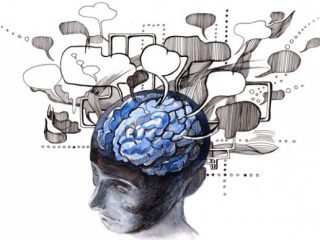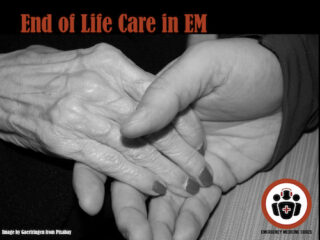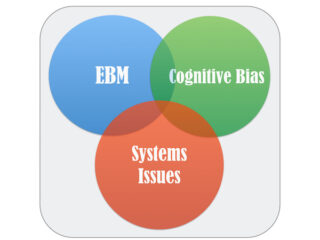cognitive decision making, diagnostic decision making, medical ethics
WTBS 6 Measuring Quality – The Value of Health Care Metrics
A New York Times article titled “How Measurement Fails Doctors and Teachers” went viral on social media in January and caused a lot of chatter in medical circles. Its author, a professor of medicine at the University of California, gave voice to a wide sense of frustration, and while I understand that feeling and think it’s justified, I don’t agree with labelling measurement as the culprit. As I expressed in my first WTBS blog post, “Why Recording Time to Initial Assessment is Worthwhile,” I believe my job as an administrator is to make the job of my staff easier, and measurements can help us maintain standards of care and understand where gaps in the system may exist—when such data are collected and used appropriately. In this guest blog, Dr. Lucas Chartier, an emergency physician in Toronto with a background in quality improvement, expands on the subject of how we’ve gone off course in our zeal for measurement and helps us try to find the path back to our intended goals.









